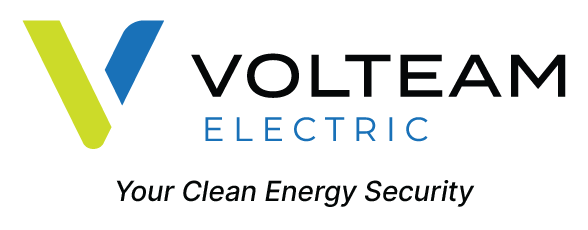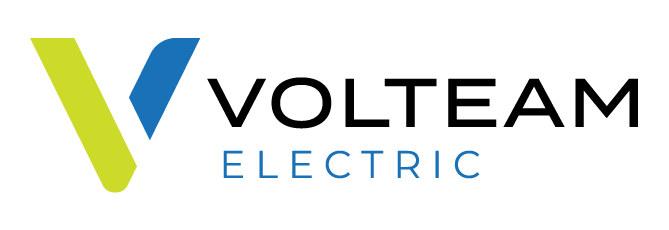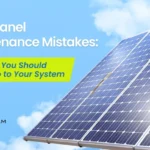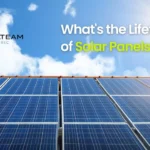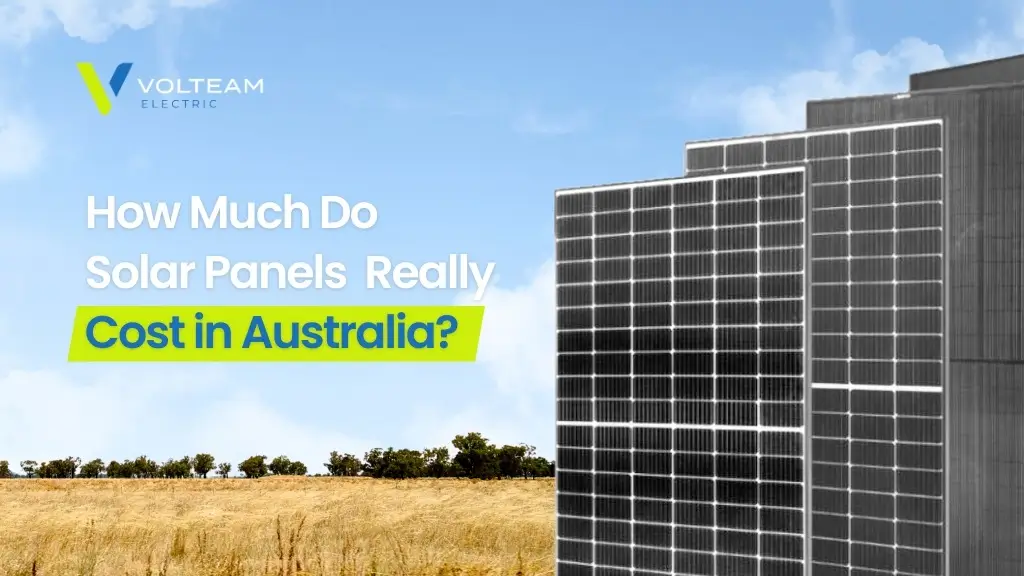
How Much Do Solar Panels Really Cost in Australia?
Location, panel quality, system size, and installation fees all affect how much a solar panel system costs. A 10kW solar system can cost anywhere between $7,000 and $20,000, although Solar Quotes estimates that it the average cost is $10,000. But why the wide disparity?
A higher quality solar panel system includes services like shade analysis, site visits, or complicated systems included in the cost. Australia is at the forefront of solar energy because of its exposure to the sun. Understanding how much your system should cost is essential as more homes and companies use solar power to cut expenses and their environmental impact.
In this blog, we will examine the costs of solar panels in Australia as well as the long-term advantages of making the transition. We will assist you in determining the investment you can make to increase your energy efficiency and save money.
How are Solar Panel Prices Calculated?
When it comes to investing, knowing how much solar panel systems cost will help you make an informed choice. According to Solar Choice, the cost per watt has decreased over the past ten years, reaching $0.90 in 2025 after peaking at $2.40 in 2012.
A key consideration when evaluating the cost-effectiveness of your system is price per watt. The cost of a 10kW system varies depending on your location, too; in Adelaide, SA, it costs $7,540, but in Darwin, NT, it costs $14,960.
Some buyers would rather know how much each panel costs in Australia, which is between $80 and $300. For reference, 14 to 28 panels are used in a typical residential system.
The following are some of the primary determinants of solar panel costs:
Wholesale Equipment Expenses
Wholesale costs for solar panel equipment have dropped dramatically in the last decade and a half. This is thanks to manufacturers reaching higher production scales as the global industry has boomed. These savings can then be passed on to you, the customer.
Production has largely shifted to Asian countries, where they are made in highly automated manufacturing facilities and on massive scales. The use of robotics and AI has also helped to improve the quality and efficiency of the output in these facilities.
Solar Rebates
The federal solar rebate, small-scale generation certificates (SSC), initially helped to reduce the cost of installing systems, but it’s been winding back each year since its inception before being phased out in 2030. Your rebate is dependent on the size of your system, with a 10kW solar system earning you about $3,000 off the price.
While it puts some pressure on solar panel pricing, the industry’s growth and decrease in wholesale manufacturing costs have helped to offset the rebate decline.
So, how much will solar panels cost in the future? Experts in the industry expect that costs will continue to decline, but at a slower pace. This is because of improvements in cell efficiency and panel designs to increase the wattage output to help power larger systems.
Australian Dollar
Since a lot of the parts for solar panel systems come from abroad, the manufacturing costs are linked to the performance of the Australian Dollar. As the price changes, solar equipment manufacturers and distributors are quick to change their costs to mirror this.
Because of this, many quotes are only valid for 7-30 days. This means that installers aren’t beholden to changes in costs because of shifts in the Aussie Dollar. Generally, increases in the AUD/USD rate will cause solar quotes to decrease and vice versa.
Competition
Over 6,000 contractors are registered with Solar Accreditation Australia (SAA) to install solar in Australia, making it one of the country’s most competitive markets. Margins need to be slim to compete with industry leaders.
Some installers try to undercut costs by sacrificing quality and services to support wide-scale marketing strategies to shift massive systems. You should always be cautious of cheap systems that may not have your best interests in mind.
Why Invest in High Quality Panels?
You may be tempted to just go for the cheapest option when it comes to solar panels, but opting for a higher quality system can pay off in the long run. Here are a few of the key benefits:
- Efficiency: Premium panels are better for small or partially shaded roofs where getting the most out of every square metre is crucial.
- Reputation: A higher price tag comes with more reliability and dedicated support if you need to use your warranty.
- Degradation: Cheaper panels can lose efficiency faster over time compared to top-of-the-line panels.
- Warranty: Premium panels offer long-term 25-30 year warranties and can cover more services.
- Heat tolerance: Premium solar panels can produce more energy during the sweltering summers thanks to a lower temperature coefficient (PMax).
This doesn’t mean that value-for-money options are necessarily worse, but premium panels can be a good choice if you’re thinking about long-term efficiency and want peace of mind regarding maintenance and longevity.
How Do Installers Determine Prices?
The cost of solar panels can change based on more variables regarding how installers determine price.
Cheaper providers offer a no-frills approach, giving you good value for a simple installation, particularly if you’re in an urban accessible area. Options are a bit more limited and don’t include maintenance services.
Mid-range providers offer a good balance of price, quality, and service. This higher cost includes site visits, hardware options, and shade analysis. These installers are better suited for slightly more complex installs or those who want to ensure their premium solar panel system is well-maintained.
High-end installers can get you access to the best brands with in-depth knowledge of monitoring and custom setups. These providers are perfect for complex homes, premium systems, and those who want a bespoke setup.
Other factors that influence provider pricing include:
- System size: How big the installation is, which impacts the amount of kW you’ll install.
- Panel brand: Some premium brands like REC can cost twice as much as a good budget alternative like Jinko.
- Inverter brand: This converts the DC electricity generated by solar panels into usable AC electricity, and some may be better suited for complex systems to improve energy management and battery storage.
- Installation difficulty: Solar installations come with variables like tiled roofs, steep roofs, location of inverter installation, regulatory switchboard upgrades, and mains-supply upgrades.
- Location: Regional installs are typically more expensive than metro ones if your installer needs to stay overnight and you’re in a remote location.
Breaking Down Solar Panel Prices
Due to the competitive market, even low-cost systems are now almost on par with high-end brands when it comes to solar panel prices in Australia. Although the initial outlay may appear high, having a strong and dependable system may guarantee that you will profit from cost savings along with other advantages.
Solar panel innovations have made them more economical and efficient than ever before. You may save upfront expenses and improve return on investment by choosing the appropriate system and installer.
If you’re ready to take the plunge with solar panels, contact our experts today. Volteam Electric offers a professional and bespoke service for home and business owners that meets industry standards. We cover everything from installations to maintenance, so you can start enjoying the savings straight away
